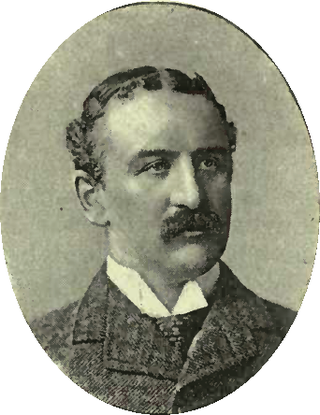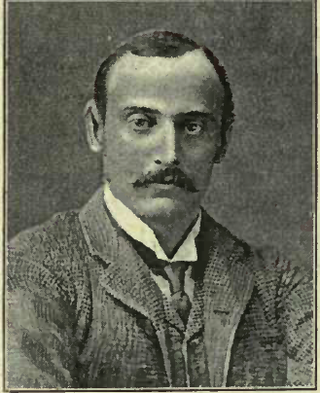Craigmount School was a private school originally for boys, but for most of its history for girls, in Edinburgh. It opened in 1874 and closed in 1966.
Contents
| Craigmount School | |
|---|---|
 | |
| Location | |
 | |
Edinburgh | |
| Information | |
| Established | 1874 |
| Closed | 1966 |
Craigmount School was a private school originally for boys, but for most of its history for girls, in Edinburgh. It opened in 1874 and closed in 1966.
| Craigmount School | |
|---|---|
 | |
| Location | |
 | |
Edinburgh | |
| Information | |
| Established | 1874 |
| Closed | 1966 |
Craigmount was founded in Edinburgh in 1874 as a school for boys. In 1884, it was re-opened as a boarding school for girls. During the Second World War and the immediate post-war years (from 1939–52), the school was at Scone Palace, Perthshire. At the end of the summer term, 1952, it moved to Minto in the Borders, leasing Minto House. In 1962, Minto House was purchased for £20,000. [1] In 1966, the school was closed. [2]
The University of St Andrews Rugby Football Club is an affiliated member of the University of St Andrews Athletic Union in Fife, Scotland. The club runs four men's and two women's teams, which play in the university leagues.

Edward Kewley was an English sportsman who played rugby union for England and also played first-class cricket for Lancashire. He captained England three times, and was the first captain to be drawn from the north of England as well as captaining England in the first ever 15-a-side international.
The Marlborough Nomads was a 19th-century English rugby union club that was notable for being one of the twenty-one founding members of the Rugby Football Union. They also supplied a number of players for the sport's early international fixtures.
Ravenscourt Park was a short lived 19th century English rugby union club that was notable for being one of the twenty-one founding members of the Rugby Football Union, as well as supplying a number of international players for the sport's early international fixtures.
Queen's House was a 19th-century rugby football club that was notable for being one of the twenty-one founding members of the Rugby Football Union, as well as producing a number of international players in the sport's early international fixtures.
Belsize Park was a short-lived 19th century rugby football club that was notable for being one of the twenty-one founding members of the Rugby Football Union. Although there is no direct link between this club and the modern day Belsize Park RFC which was founded in 1971 the modern club do deem themselves a re-establishment of the former and thus could be considered spiritual successors to the former club.
Law, or The Law Club as it was also known, was a 19th-century football club that fielded teams playing by rugby football codes. It is notable for being one of the twenty-one founding members of the Rugby Football Union and for producing in a very short life span, a number of international players.
Mohicans was a 19th-century football club that played football by the rugby football codes. It is notable for being one of the twenty-one founding members of the Rugby Football Union.
Addison was a 19th-century football club that played football by the rugby football codes. It is notable for being one of the twenty-one founding members of the Rugby Football Union.

Dr. Lennard Stokes was a rugby union international who represented England from 1875 to 1881. He also captained his country on five occasions, notably in the first ever match against Wales. Like his brother Frederick Stokes, after captaining his country he went on to become the president of the Rugby Football Union.

Murray Marshall was a rugby union international who represented England from 1873 to 1878. He also captained his country.
Henry Taylor was a rugby union international who represented England from 1879 to 1882.
George Burton was a rugby union international who represented England from 1879 to 1881.

Henry Twynam was a rugby union international who represented England from 1879 to 1884.
Henry Springmann (1859–1936) was a rugby union international who represented England from 1879 to 1887.

John Marshall Dugdale was a rugby union international who represented England in the first international rugby match in 1871.

John Shaw Thomson was a rugby union international who represented Scotland in the first international rugby match in 1871.

William Forsyth was a rugby union international who represented Scotland in the first international rugby match in 1871.
Royal Indian Engineering College RFC was a nineteenth-century and early twentieth-century Surrey-based rugby union club, who were attached to Royal Indian Engineering College from 1871 to 1903.
Sidney Parker was a rugby union international who represented England from 1874 to 1875.
Coordinates: 55°28′40″N2°40′40.46″W / 55.47778°N 2.6779056°W